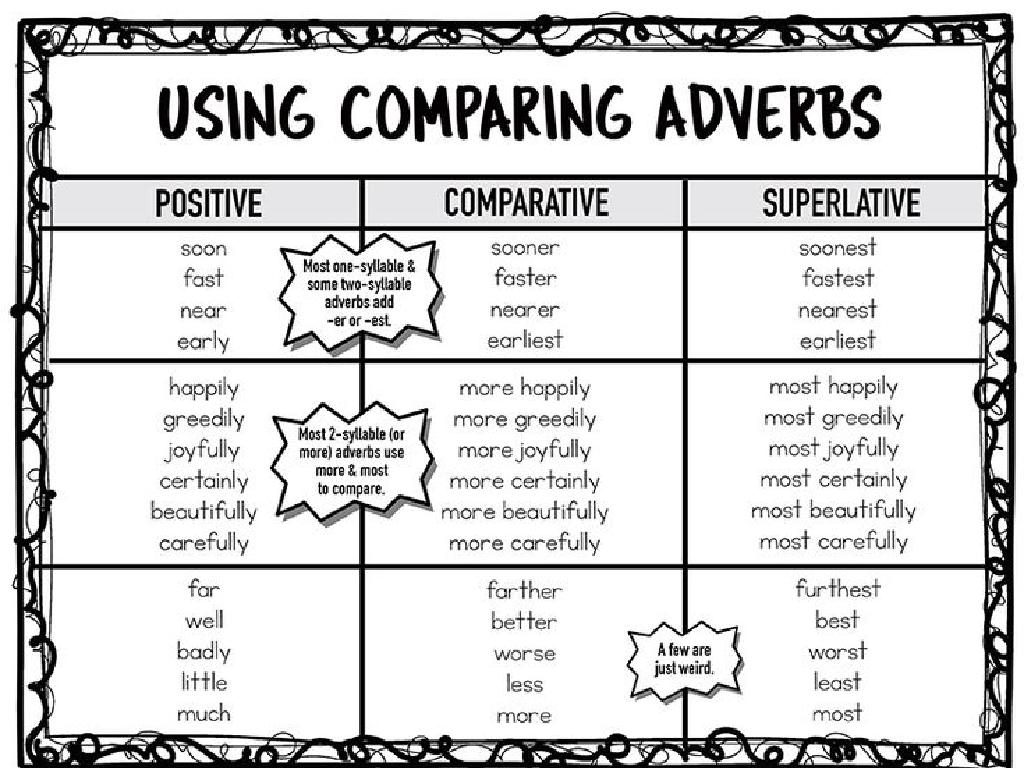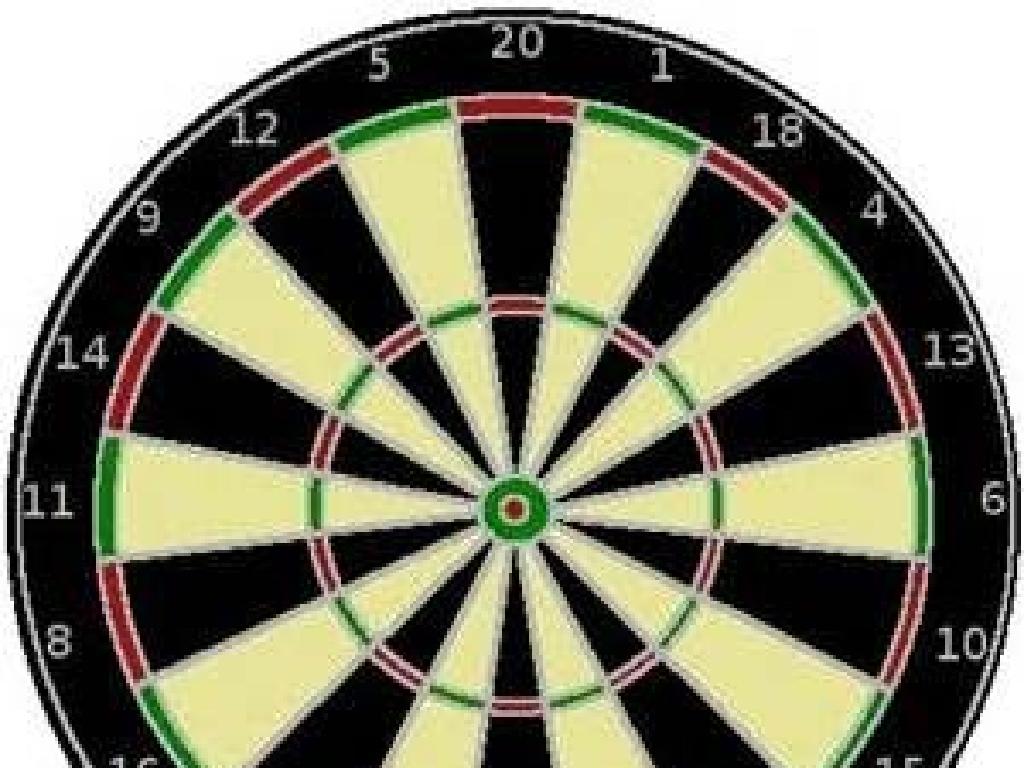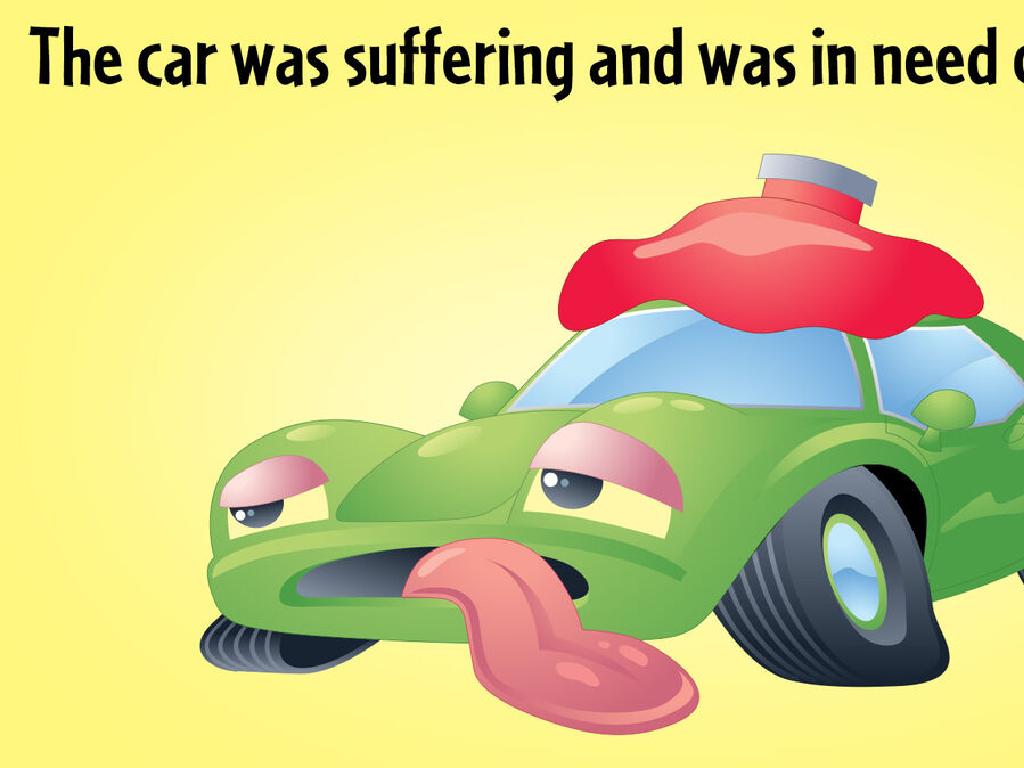Interpret Food Webs
Subject: Science
Grade: Third grade
Topic: Ecosystems
Please LOG IN to download the presentation. Access is available to registered users only.
View More Content
Exploring Food Webs in Ecosystems
– What’s a food web?
– A system of interconnected food chains
– Living things depend on each other
– Plants, animals, and others need each other to survive
– Ecosystems explained
– A community of living things and their environment
– Importance of each part
|
Begin the lesson by introducing the concept of a food web, explaining it as a network of food chains that are interconnected, showing how energy flows in an ecosystem. Emphasize the interdependence of organisms, illustrating how plants provide food for herbivores, which in turn are prey for carnivores. Define an ecosystem as a community where living things interact with each other and their surroundings. Highlight the importance of each organism in maintaining the balance of the ecosystem. Use simple examples like a small pond or garden to make the concept relatable to third graders. Encourage students to think about local ecosystems and the roles different organisms play.
Exploring Food Webs
– What’s a food web?
– A diagram that shows what eats what in an ecosystem.
– Shows connections in nature
– Plants, insects, birds, and mammals all link together.
– It’s about who eats whom!
– For example, a frog eats a bug, but a bird eats the frog.
– Every creature has a spot
– From tiny ants to big bears, all have a role.
|
This slide introduces the concept of a food web, which is a more complex system than a food chain, showing the multiple connections between different organisms in an ecosystem. It’s important to explain that a food web includes many food chains and demonstrates how plants and animals are interconnected. Use simple examples to illustrate these points, such as a small insect being eaten by a frog, and then the frog being eaten by a bird. Emphasize that every living thing, no matter how small, plays an important role in maintaining the balance of the ecosystem. Encourage students to think about local examples of food webs they might see in their own environment.
Food Webs: Producers, Consumers, and Decomposers
– Plants are producers that make food
– They use sunlight to create food through photosynthesis
– Consumers eat plants and other animals
– Animals like rabbits eat plants, while foxes eat rabbits
– Decomposers recycle dead material
– Worms and fungi turn waste into soil nutrients
– Balance of nature’s recycling system
|
This slide introduces the basic components of food webs: producers, consumers, and decomposers. Producers, like plants, create their own food using sunlight, which is the beginning of the food web. Consumers are animals that eat plants or other animals. Decomposers, such as worms and fungi, play a crucial role by breaking down dead material and returning nutrients to the soil, which plants use to grow. Understanding these roles helps students grasp the concept of an ecosystem’s balance and the importance of each group in maintaining the health of the environment. Encourage students to think of examples from each category and discuss the interdependence within a food web.
Exploring Forest Food Webs
– Understanding a forest food web
– A system of interconnected food chains in a forest ecosystem.
– Interconnected plants and animals
– Each organism depends on others for food.
– Identifying producers in the web
– Producers make their own food, like trees and shrubs.
– Recognizing consumers in the web
– Consumers eat other organisms, like deer and rabbits.
|
This slide aims to introduce students to the concept of food webs within a forest ecosystem. Begin by explaining that a food web is a more complex system of food chains that shows how plants and animals are interconnected. Show a diagram of a forest food web and guide students to observe the various connections. Help them identify producers, which are typically plants that use sunlight to make their own food. Then, point out the consumers, which include herbivores, carnivores, and omnivores that eat other organisms. Encourage students to ask questions and discuss the roles of different organisms within the food web. This will help them understand the balance of ecosystems and the importance of each organism within it.
Your Turn: Create a Garden Food Web
– Think about garden inhabitants
– Draw a food web with 3 producers
– Producers like flowers, grass, and bushes
– Include 3 consumers in your web
– Consumers such as bees, birds, and rabbits
– Add a decomposer to the web
– Worms or fungi help break down dead plants
|
This activity encourages students to apply their knowledge of food webs by creating one that represents a garden ecosystem. Students should think about the different plants and animals that live in a garden and how they interact. They should draw at least three producers (plants that make their own food), three consumers (animals that eat plants or other animals), and include at least one decomposer (organisms that break down dead material). This exercise will help them understand the roles of different organisms and the flow of energy within an ecosystem. Provide examples of each type of organism to guide them, and encourage creativity in their drawings. In the next class, students can present their food webs and discuss the relationships they’ve illustrated.
Class Activity: Food Web Game
– Let’s play the Food Web Game
– Each student represents a plant or animal
– Use yarn to connect us in a web
– The yarn shows who eats who in the ecosystem
– See how all living things depend on each other
– Plants, herbivores, carnivores, and omnivores all play a part
|
This interactive class activity is designed to help students understand the complexity and interdependence of ecosystems. Assign each student a role as a different plant or animal found in a specific ecosystem. Using yarn, students will physically connect themselves to other ‘organisms’ they interact with, such as what they eat or what eats them, forming a visual and tangible food web. This will help them visualize the concept of a food web and the importance of each organism within it. Possible roles include grass, rabbit, fox, and hawk. Encourage students to discuss the relationships between the organisms they represent. This activity promotes engagement and aids in the retention of the concept of food webs.
Food Webs: The Web of Life
– Importance of food webs
– Food webs show how plants & animals are connected.
– Interconnectedness in nature
– Like a spider’s web, each part is linked to another.
– Everything relies on each other
– If one part is affected, it can impact the whole web.
– Reflection on today’s learning
|
This slide wraps up the lesson on food webs, emphasizing their significance in maintaining a balanced ecosystem. Highlight how each organism, from the smallest insect to the largest predator, plays a role in the food web and depends on other organisms for survival. Encourage students to reflect on the interconnectedness of life and how changes in one part of the web can affect the entire system. Ask the students to share what they’ve learned about food webs, prompting them to think about the roles of different organisms and the flow of energy through the ecosystem. This reflection helps reinforce their understanding and allows you to assess their grasp of the concept.





